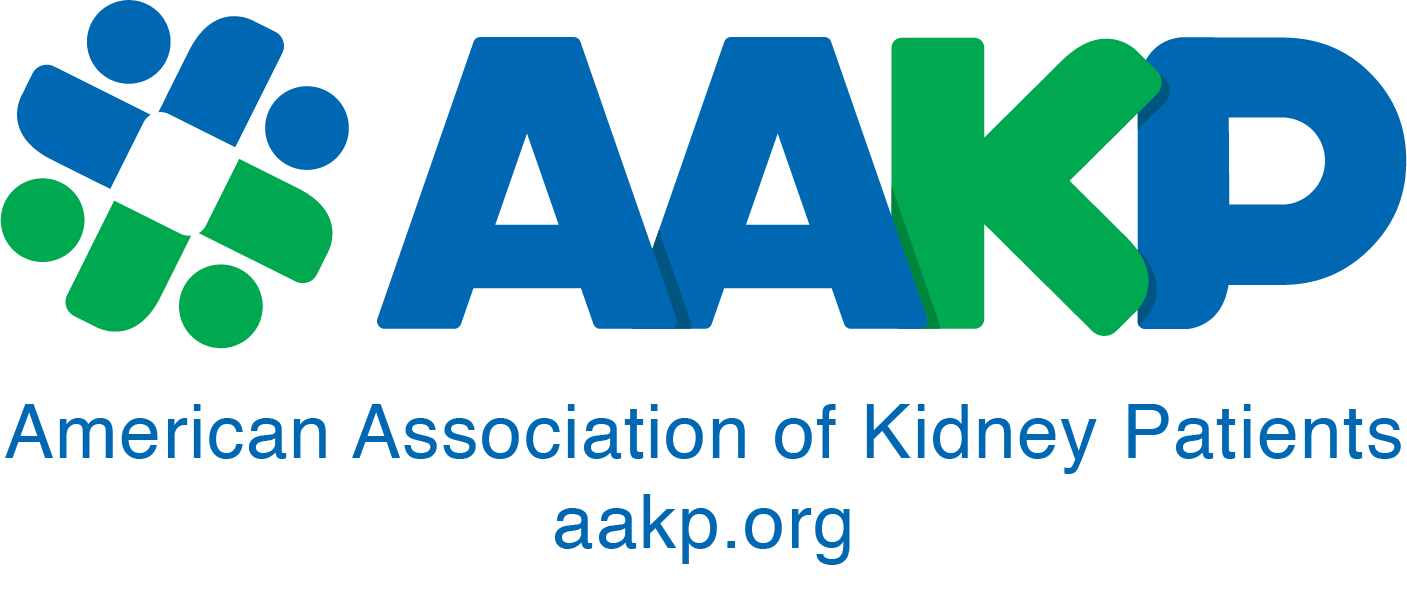For many adults, having to be dependent on someone else is not easy. People living with a chronic illness often experience a decline in health as the illness progresses. This decline may require more assistance from others for even the most basic tasks, such as bathing and toileting.
Read More
Dialysis
Dialysis While You Sleep – An Alternative Therapy
There are more than 26 million Americans who suffer from chronic kidney disease (CKD), 350,000 need dialysis. Of those, 93 percent received hemodialysis (HD) at the end of 2007, and the remaining 7 percent were treated with peritoneal dialysis (PD) at home. In addition, there were about 3,000 patients using home hemodialysis (HHD)
Read More
How Can I Love My Body Again?
pants anymore…” “I feel bloated a lot and hate feeling like I’m pregnant – especially because I’m a guy…” “How could my partner ever want to be intimate with me again when I have this plastic tube sticking out of me…” These statements and other concerns are often expressed by individuals on peritoneal dialysis (PD)
Read More
Kidney Disease Hits the Hispanic Community at an Alarming Rate
Seven years ago, I was a busy manager of a furniture store and father to three young kids, when, at work one day, I had a high blood pressure episode. I temporarily lost consciousness and awoke in the hospital.
Read More
The Feeling of Freedom: How Home Hemodialysis and Music Gave Me Back My Life – The David Peterson Story
Some say music runs through his veins – it’s what keeps him going. For David Peterson, known now as David Rush, writing music, playing instruments and singing is second only to breathing. The 28 year old rapper/musician is traveling the country promoting his new album, Rush.
Read More
You Have Options
Chronic kidney disease (CKD) patients have three options once they reach end stage renal disease (ESRD): dialysis, kidney transplantation or no treatment. If a patient doesn’t choose a treatment option, he will die. Most patients choose dialysis and try to get on a kidney transplant list.
Read More
High Blood Pressure
Blood pressure is the force of blood pushing against the walls of the arteries. When a person experiences high blood pressure (hypertension), the heart is forced to work harder than normal, causing it to grow bigger than usual, putting pressure on the arteries and the heart itself. This can also lead to kidney damage.
Read More
Home Dialysis: Together You Can!
When kidney patients begin to look at treatment options they have a lot of choices. While not all treatment options are right for everyone, choices include transplantation, hemodialysis and peritoneal dialysis.
Read More
Home Hemodialysis Training – What to Expect
So you’ve decided to do your hemodialysis treatment at home. Congratulations! This is another step in taking charge of your health care. Home hemodialysis is not easy – nor is it difficult, with proper training and attention. Getting started on the program takes time, patience and a commitment from you and your care partner.
Read More
Increasing Self Care Dialysis Adoption
Today, self-care (home) dialysis therapies, including peritoneal dialysis and home hemodialysis, are receiving significant attention within the chronic kidney disease (CKD) field and adoption of these therapies as treatments for patients with end stage renal disease (ESRD) is increasing.
Read More
























